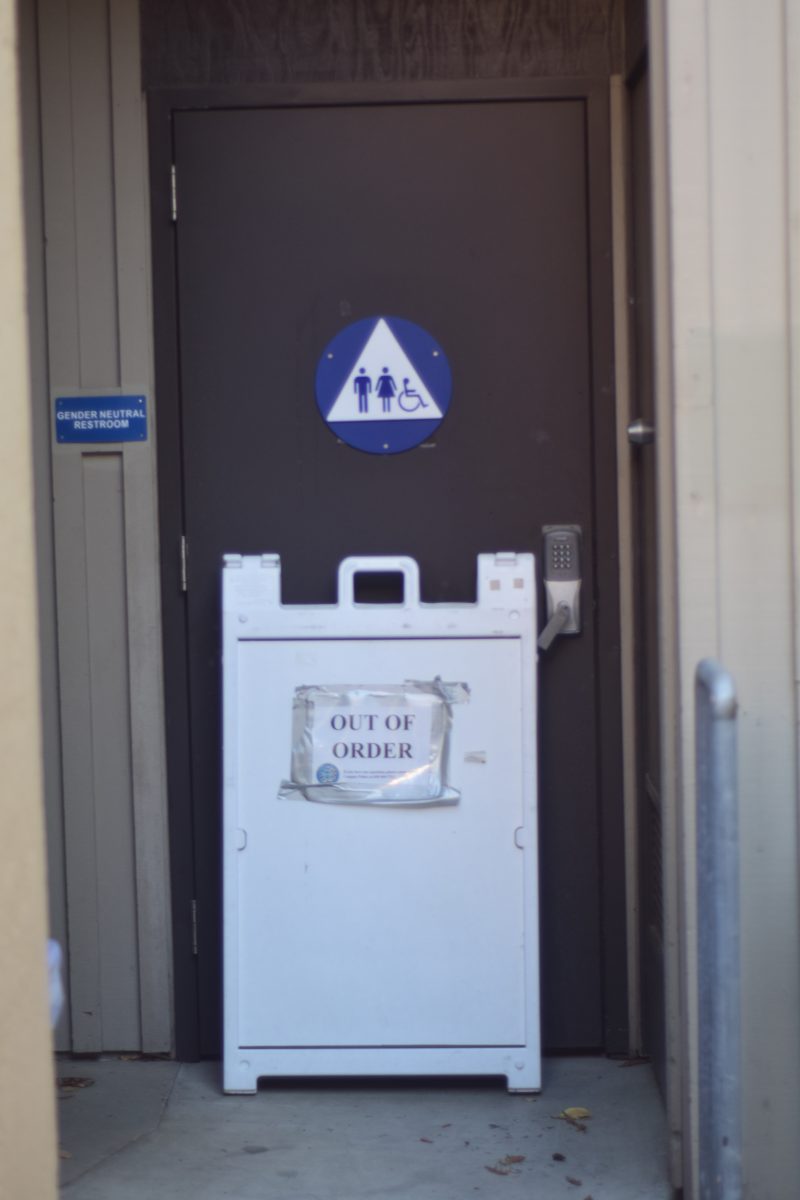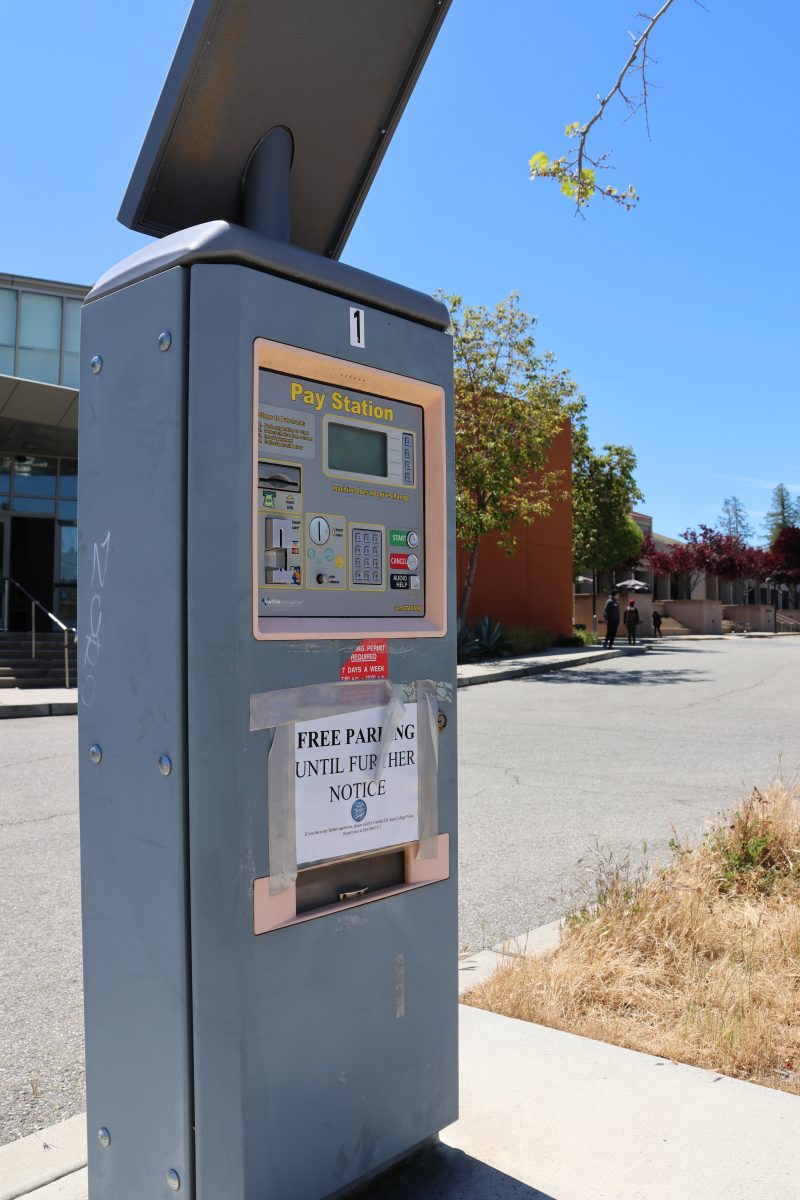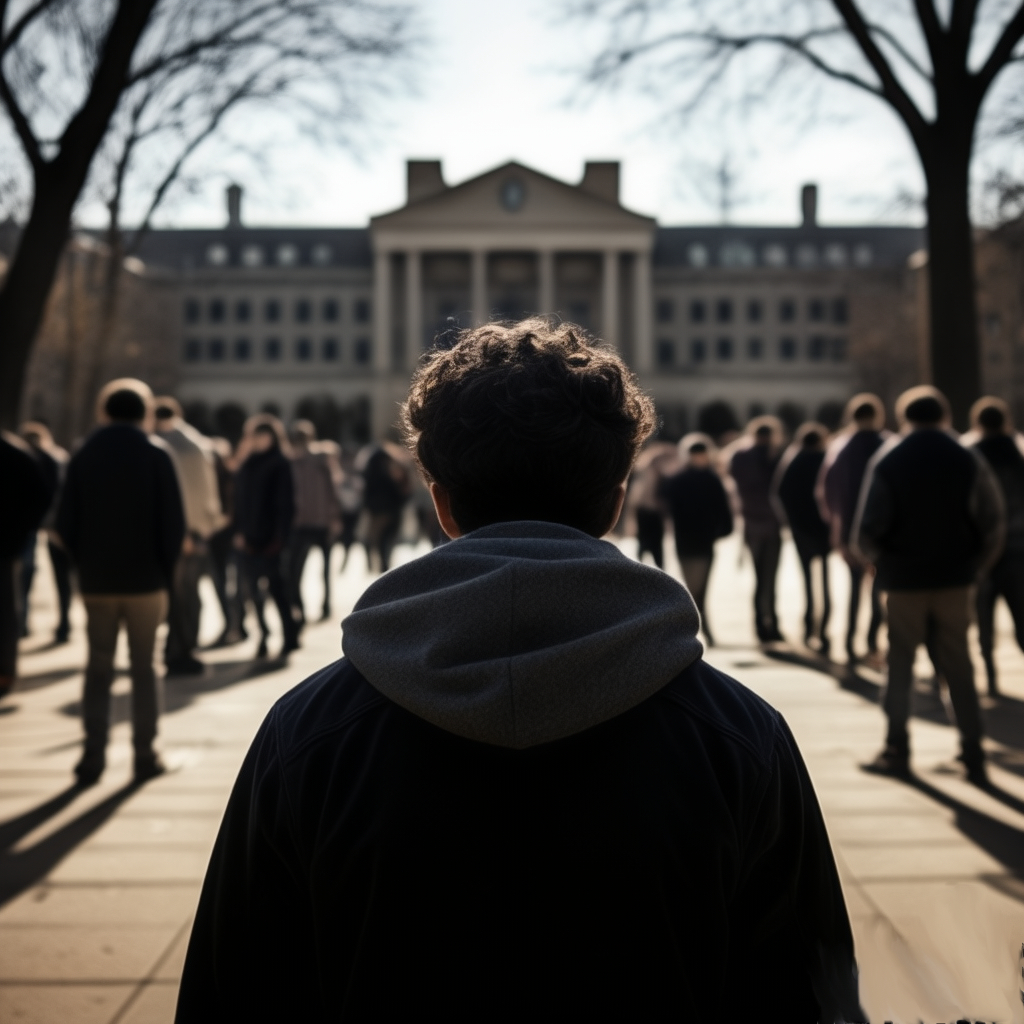Paying for higher education is turning out to be a growing problem among students.
Quality higher education in the U.S. has been branded only to fit in students who can afford it.
So what do lower income level students do?
They sell their soul to the devil and pull out loans to attend an excellent school.
According to the White House website, the United States ranks ninth in the world for students enrolled in institutions of higher education, but 16th in awarding certificates and degrees to young adults, especially for low-income students.
One in four low-income students fails to graduate college and the U.S. has failed to do anything about it.
Low-income students are likely to have one or more jobs in order to support themselves or their families. They are more likely to be living in adverse conditions, and less able to afford tutoring, books and other materials and also much more likely to take out student loans.
The Republican Party platform, on its website, states that “Private sector participation in student financing should be welcomed.” This means more private sector loans, less accountability, and a more of an each-man-for-himself approach.
Meanwhile, the Democratic Party has set a mighty goal for the country – to have the highest proportion of college graduates in the world by 2020.
President Barack Obama has lived up to his position of helping to strengthen the middle class. According to whitehouse.gov, the president has increased the maximum Pell Grant award to $5,635 for the 2013-14 academic year and since 2008, the number of recipients of the Pell Grant has increased by about 50 percent.
At the start of 2010, Obama started to limit the power of private lenders in student loans, removing the middleman- a move that the Congressional Budget Office projected would save $60 billion.
The Obama administration also succeeded in keeping the interest rate on student loans as low as 3.4 percent, despite rumors that it might double to 6.8 percent.
According to Obama’s proposal, students taking out loans after the end of this year will be qualified for the pay-as-you-go plan, basically giving them the freedom to cap their monthly payments at 10 percent of monthly income.
If approved, most types of college loans will be forgiven after 20 years. The “Know Before You Owe” campaign by the U.S. Dept. of Education and the Consumer Financial Protection Bureau asks for a “Shopping Sheet” that allows new students to compare loan packages, see what kind of aid they qualify for, and decide on the best option available before they make a final decision on accepting admission to a college.
None of these measures, however, will come into effect if we don’t support them. It is our job as voters and students to help the fellow students that fall through the cracks of our flawed education system.








